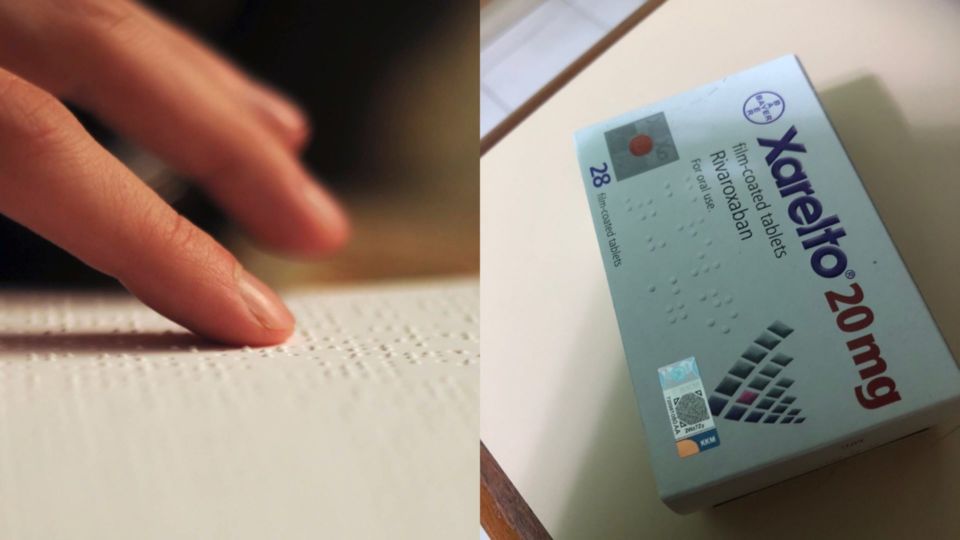For visually impaired patients, drug prescription labels in Braille will soon be available, making Malaysia one of the few countries in Asia to do so, Health Minister Dr Zaliha Mustafa announced today.
It will be launched in 250 public health clinics and will benefit 55,000 patients, she said in a speech to ministry staff this morning.
“This is an exciting initiative, the ministry will launch drug labels printed in Braille. This is a very practical initiative.”
“The ministry is always thinking of new ways to make it easier for those with disabilities to access healthcare and treatment. This enables the visually impaired to get accurate information about their prescriptions,” she said.
The ministry also tweeted a sample of a Braille drug prescription label, which in the tactile writing system states the purpose of the medication and the number of times it is to be taken daily.
The Braille format for the blind only includes the drug dosage and indication, while the name of the medicine remains in standard writing.
But what does the blind community think about it?
Moses Choo, Executive Director of the National Council For The Blind told Coconuts that they don’t know enough as to what the programme is actually about.
“All we know is it will be carried out in 250 clinics. But are these medications going to come with Braille originally? Or is the government going to set the law? Or will the government clinics going to put labels on the medication they give out to the blind?” he said.
He said one would find that only very few companies have original Braille labels.
“When the original companies put Braille labels, general labels do not follow with Braille.”
Moses shared with us a picture of what he means by original Braille labels.
Keeping things simple for the blind community
Moses also pointed out the percentage of blind people in Malaysia who can read Braille is also very small.
“Many adults who go blind do not get a chance to learn Braille fast enough. This is why keeping it simple will be the best.”
“Very often, it is important to dispense medication in a simple way, while it is not always possible, having too many of them will complicate matters.”
“When providing prescriptions, doctors will need to find a simple way for their patients to remember.”
He said some blind individuals are quite happy to use staples and rubber bands to indicate how the medication should be taken.
“First thing, pharmacists will need to learn Braille, next they will some form of writing equipment. So, using staples may be a faster idea,” he said.
“So, they are going to learn Braille and to place labels onto the plastic but little do they know that Braille is a little clumsy and big. The little plastic size can hold very little information.”
“This is why we need to hear more from them,” he added.
In Malaysia, approximately 1.2% of the population experience some kind of visual impairment and around 1 in 10 children suffers undiagnosed vision problems that could lead to visual impairment if not treated.




